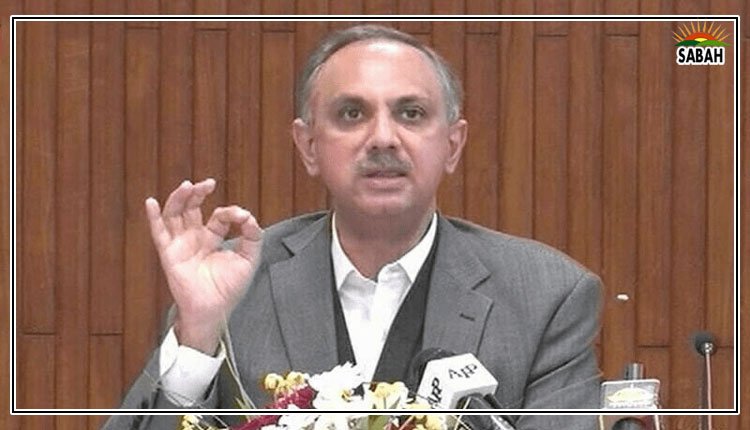Corporate tax…Dr Farrukh Saleem
Focus on growth, not taxes. Vietnam’s standard corporate tax rate is 20 per cent and preferential tax rates are as low as 10 per cent, depending on factors like investment size and location. High-tech enterprises or those operating in economic zones can benefit from tax holidays. Vietnam focuses on attracting foreign direct investment (FDI) through tax breaks and incentives. This growth-oriented approach has been successful, with FDI rising from $1 billion in 1993 to $18 billion. Similarly, countries like Rwanda, Kenya, Peru, the Philippines, Indonesia, Thailand, Malaysia, Georgia, Albania, and Armenia all focus on growth, not taxes.
At the other end of the spectrum are some developing countries that consistently appear on lists of nations with high corporate tax rates: Comoros, Pakistan, Sudan, Cameroon, Zambia, the Democratic Republic of the Congo, Zimbabwe, Suriname, Chad, Equatorial Guinea, Cuba, and Guinea. These are the countries that focus on taxes, not growth.
Comoros, with a 50 per cent corporate tax rate, has the highest corporate tax rate in the world. In 2011, Comoros received $23 million in FDI, which fell to $3.8 million in 2022. Pakistan is not far behind with a standard tax rate of 29 per cent, plus a 10 per cent super tax for companies with income equal to or greater than Rs500 million, a 2.0 per cent workers’ welfare fund, a 5.0 per cent workers’ participation fund, and a tax on dividends of up to 25 per cent. The tax burden for banking companies in Pakistan is just under 50 per cent. Imagine, the worldwide average corporate income tax rate, across 181 countries, is 23 per cent.
Bangladesh focuses on growth, not taxes. The standard corporate tax is 27.5 per cent and for publicly traded companies it is 25 per cent. In India, it ranges from 25 to 30 per cent. In 1980, corporate tax rates globally averaged around 40 per cent. Since then, countries have recognized the impact that high corporate tax rates have on business investment decisions; in 2023, the average had fallen significantly to 23 per cent. Why is Pakistan moving in the opposite direction?
The Tax Foundation, an international research think tank, has created a model to predict how changes in tax rates can affect the economy. According to their model, reducing the federal corporate tax rate from 35 to 25 per cent would increase the country’s GDP by 2.2 per cent, raise the amount of money businesses invest by 6.2 per cent, and boost wages by 1.9 per cent. Yes, reducing the federal corporate tax rate from 35 to 25 per cent would lead to a 0.8 per cent increase in total federal revenues.
There is a negative correlation between corporate tax rates and FDI. In simpler terms, countries with lower corporate tax rates tend to attract more FDI. Studies show that taxes on corporate income are the most harmful to economic growth. Within the OECD, Portugal, at 31 per cent, has the second-highest corporate tax rate, which has become a significant barrier to investment and economic growth in the country. Imagine, Pakistan at 39 per cent or above.
Question: Who bears much of the cost of the corporate tax? Answer: High corporate tax rates have real-world consequences. In the real world, companies react to high corporate taxes by raising prices or hiring fewer workers. Some studies show that consumers and labour bear almost all of the burden of corporate income tax.
Taxes are a consequence of economic activity. If our government prioritizes stimulating economic activity, the resulting economic growth will translate into higher tax revenue. Pakistans high corporate tax rates are stifling both investment and economic growth. Pakistan is in dire need of corporate tax reforms. We must focus on growth, not taxes.
Courtesy The News












